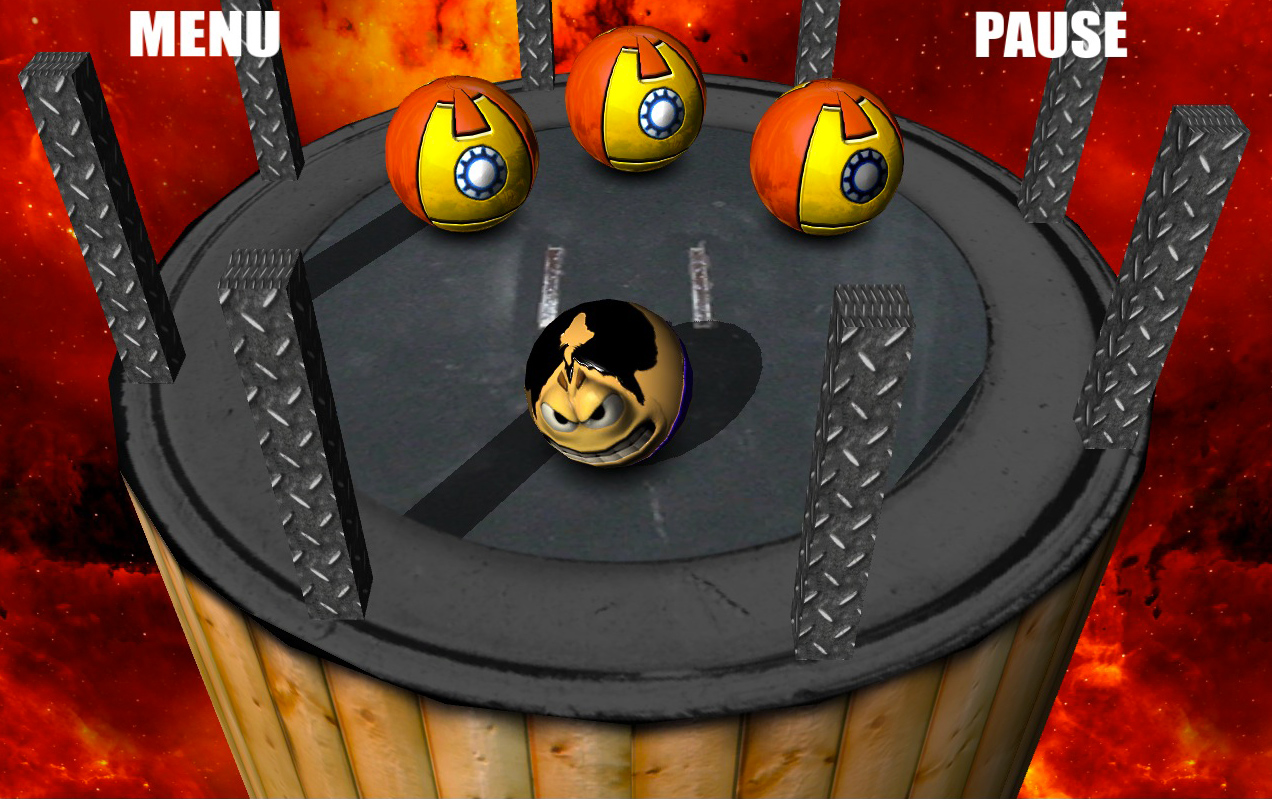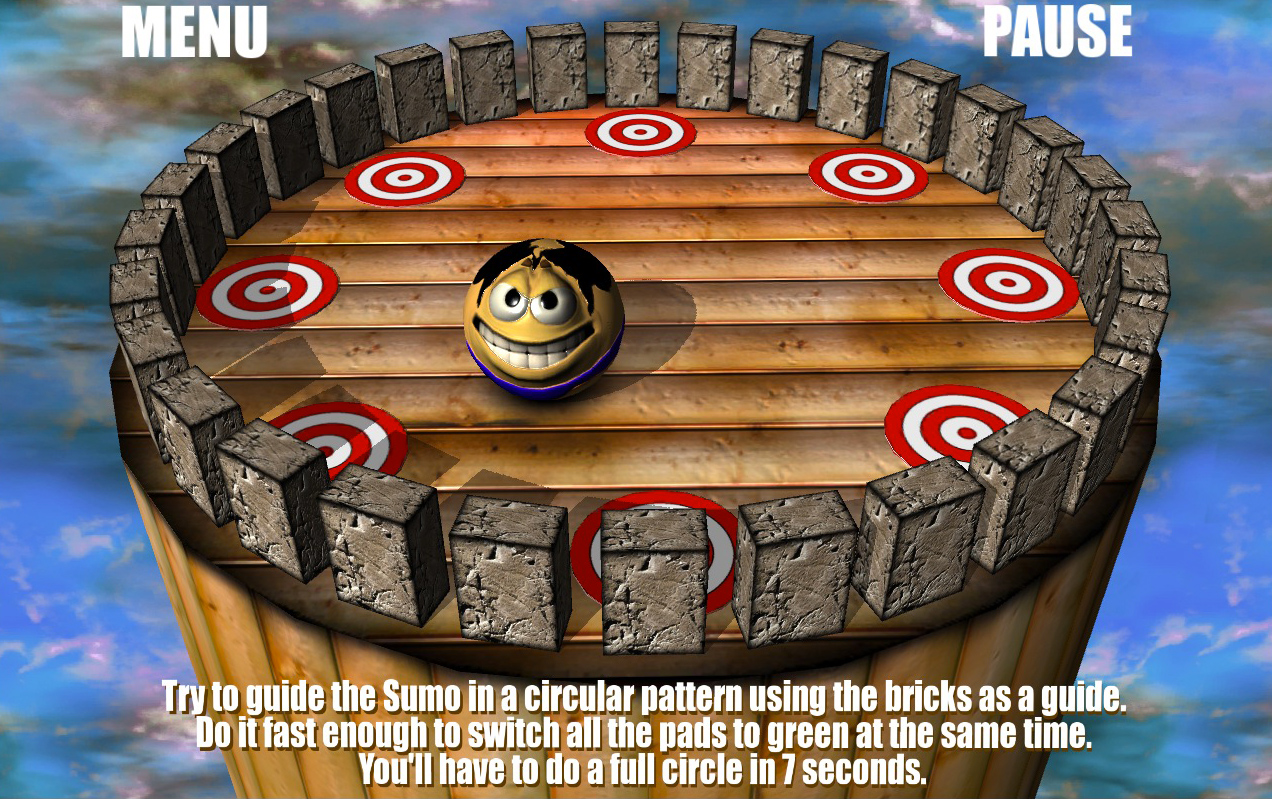Motion Sensing Software Arrives for PC, Mac
The first application to use OmniMotion Technology's motion-sensing middleware is a game called SUMO. All you need is a Mac or PC and a webcam.
Dublin, Ireland-based OmniMotion Technology has launched a motion sensing solution for the PC and Mac that makes use of a standard webcam rather than forcing consumers to purchase a pricey peripheral. Called Motion-Flow, the proprietary is built into its first playable demo called SUMO which can be downloaded right here.
"Already a United Nations 2011 'World Summit Award' Winner from its open-beta phase, Sumo is a physics-based combat/puzzle game that allows for accurate, motion-control 'gesture recognition' gaming on almost any computer," the company said Friday. "Players use gentle 'Tai-Chi' type moves to guide their character through Sumo School, before taking on a host of enemies in Survival Quests and Challenges."
OmniMotion said that it will launch Motion-Flow in several other titles for the PC and Mac, including an online Sports Simulator, created in conjunction with the Olympic Movement in Europe, to educate and encourage participation in sports among young people. So far there's no indication that Motion-Flow will be used in apps allowing users to manage through the Windows and Mac platforms.
As the SUMO demo shows, the Motion-Flow software uses a built-in or USB-based webcam and can track motion moving left and right, and up and down – in and out has very little effect. The software picks up on slow, deliberate motions and applies them to the on-screen character. Fast movements are ignored, supposedly allowing the user to quickly reposition themselves. An in-demo tutorial actually reveals how the software tracks movement by displaying a live feed of the user and outlining moving body parts with numerous red squares.
As with the Kinect, users can use just a finger, a hand, and even the whole body. In this particular demo, using full body movements meant slamming the ball left and right. This produced the best results when trying to slam opponent balls off the circular platform (it's actually the top of a very long column), but also meant certain death in scenarios when trying to reposition yourself and the software thinks its a delibearate movement.
After testing the demo for a few (challenging) hours, the Motion-Flow technology seems bound by two factors. The first is obviously lighting: the more illumination, the better the response. The ball was difficult to control at times, especially when moving up and down, until the sun moved to a certain spot and blasted the room with extra light through the office window. The ball then seemingly flew across the platform at lightning speeds and took some readjusting of specific movements to refine the overall gameplay.
The second factor may be in the camera's overall resolution: the higher the coverage, the more refined the movement should be. That may be inaccurate, but the movement window seemed rather small for the non-HD webcam used in the test. This became obvious in one specific Sumo School stage where players must move the ball around the perimeter of the platform and trigger all 7 pressure points in 7 seconds without falling off. It was seemingly impossible to complete.
Get Tom's Hardware's best news and in-depth reviews, straight to your inbox.
Still, given this is the software's debut, it will be interesting to see how it matures over time. At its present state, the SUMO demo was rather fun but difficult to master in certain conditions. And as previously speculated, playing a motion-sensing game while sitting at a desk doesn't seem like the ideal situation for this type of application, but to our amazement, SUMO felt surprisingly at home on the PC.

Kevin Parrish has over a decade of experience as a writer, editor, and product tester. His work focused on computer hardware, networking equipment, smartphones, tablets, gaming consoles, and other internet-connected devices. His work has appeared in Tom's Hardware, Tom's Guide, Maximum PC, Digital Trends, Android Authority, How-To Geek, Lifewire, and others.
-
BluntObjection Not seeing what the big deal is here. PC and consoles have had VR (virtual reality) gear for a long time, I think since duck hunt on the NES. All thats been lacking is any serious software to make use of it. I still think Duck Hunt beats any modern games that use senors/cameras..etcReply -
arlandi never a fan of it, this may be the only reason for me to finally buy a webcam for my desktop.Reply -
I think BluntObjection made a point that somehow passed me by for the whole of several years! This sort of technology has indeed been around for a long time!Reply
Kudos to BluntOjection for pointing this out. His point is more than just worthy of an entire article in and of itself. It's a shame sometimes that more and more (it seems) the accurate coverage seems to stem from the commentators and not the authors of the articles!!
Not only would the title of this article completely mislead an unsuspecting reader (such as myself) but it's almost irresponsible for a respected tech-site. Motion sensing software arrived for the PC a long time ago. Stop trying to place your readers in the 80s. -
saymi I just tried the game. It really excited me. I am excited to see a new dimension in pc gaming. I expect better sensitivity controls. Is it worth 5€? I think it is worth supporting them.Reply -
Shouldn't this article be titled "Motion Sensing Software Arrives for Windows, OSX". Or does it support Linux, Google OS, iOS? Last time I checked "PC" stood for personal computer, not Microsoft Windows.Reply

